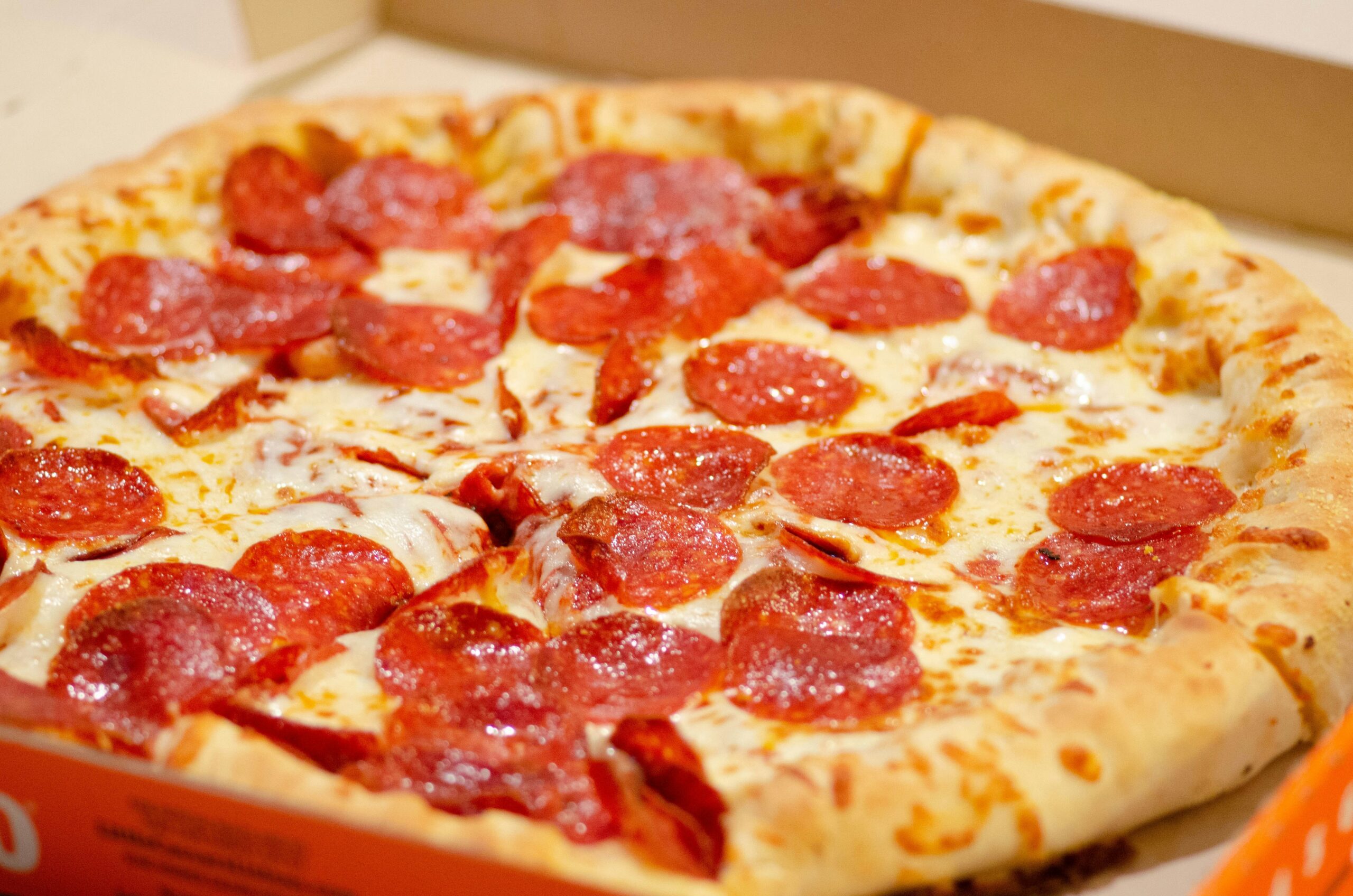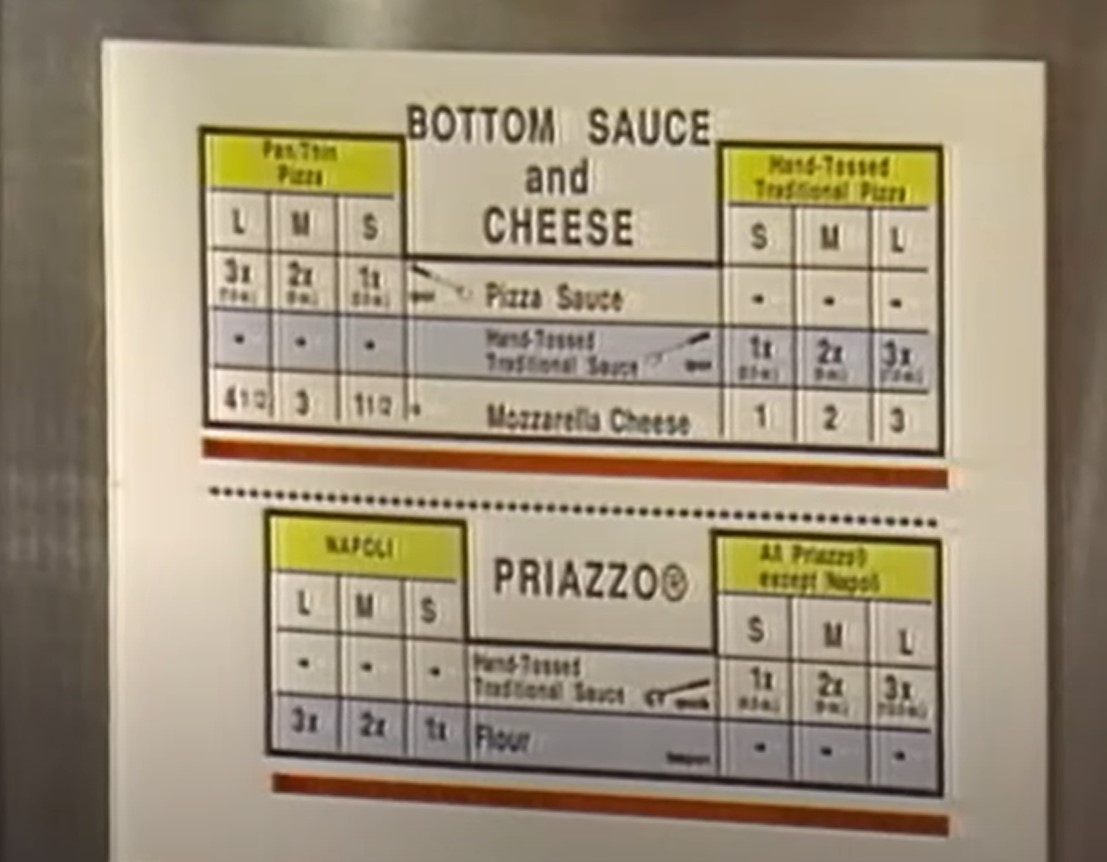Online ordering habits are rapidly evolving, with over 60% of pizza orders coming from mobile platforms. This shift illustrates a strong preference for convenience and customized options. As we embrace these changes, we must prioritize user experience, ensuring our apps are intuitive and visually appealing. Contactless payment options have surged, highlighting the need for secure and diverse payment methods. Furthermore, personalizing offers through data analytics can enhance customer engagement. By adapting our strategies to these trends, we can better compete in the evolving market and meet customer expectations. There’s plenty more to reflect on as we navigate this transformation.
Key Takeaways
- Over 60% of pizza orders are now made via mobile platforms, emphasizing the need for a user-friendly app experience.
- Customers demand customizable and health-conscious meal options, necessitating menu flexibility in pizzerias.
- Digital loyalty programs increase customer retention and spending, making them essential for pizzerias to implement.
- The rise of contactless payments indicates a need for diverse and secure payment options to enhance customer trust.
- Regularly updating menus with limited-time items can create urgency and excitement, driving repeat orders and overall sales.
The Rise of Mobile Ordering
As we plunge into the rise of mobile ordering, it’s clear that this shift has transformed how we enjoy our favorite pizzas. Recent studies reveal that over 60% of pizza orders now come through mobile platforms, emphasizing the importance of a robust mobile app. For us as consumers, mobile app features like customizable menus, real-time order tracking, and easy payment options enhance our experience, making it more convenient and efficient.
User interface design plays a critical role in this evolution. An intuitive layout streamlines the ordering process and boosts customer satisfaction. Research indicates that apps with user-friendly designs see a 30% increase in repeat orders. We appreciate when our favorite pizzerias prioritize clarity and ease of navigation, allowing us to take control of our pizza choices without frustration.
Moreover, data shows that integrating loyalty programs into mobile apps can greatly increase customer retention. As we analyze these trends, it becomes evident that pizzerias must invest in technology and user experience to stay competitive. By embracing mobile ordering, we can enjoy our pizza with greater freedom and satisfaction, ultimately redefining our dining experience.
Third-Party Delivery Services
As we consider the impact of third-party delivery services on pizzerias, we must analyze how they affect profit margins, consumer preferences, and the competitive landscape. Data shows that while these services can expand reach, they often come with significant fees that squeeze profits. Additionally, we’re witnessing a shift in consumer behavior as convenience increasingly drives ordering choices, forcing pizzerias to adapt or risk falling behind.
Impact on Profit Margins
Third-party delivery services have revolutionized how pizzerias operate, but this convenience often comes at a steep cost to profit margins. While these platforms can increase order volume, they typically charge high commission fees ranging from 15% to 30% per order. This can greatly erode our profits, especially for businesses operating on thin margins.
To navigate this challenge, we need to focus on profit optimization. One effective strategy is to evaluate our pricing strategies. By adjusting menu prices slightly higher for delivery orders, we can help offset the costs associated with third-party services. Additionally, bundling items or offering exclusive deals can incentivize customers to spend more, ultimately improving our bottom line.
It’s also essential for us to analyze our sales data regularly. Understanding which items are most popular through these platforms can enable us to tailor our offerings and maximize profitability. By being strategic and data-driven in our approach, we can harness the benefits of third-party delivery while maintaining healthy profit margins. Empowering ourselves with this knowledge allows us to take control of our financial future in an evolving market.
Consumer Preferences Shift
A significant shift in consumer preferences has emerged as we adapt to the increasing reliance on third-party delivery services. Today’s customers are more health-conscious and seek meal options that align with their dietary preferences. This trend drives us to offer customized meals that cater to diverse needs, from gluten-free to vegan choices.
Convenience factors play an essential role in this shift. Consumers expect time-saving solutions that allow them to enjoy their favorite pizzas without hassle. We should also consider local sourcing and sustainability concerns as we embrace this demand. Eco-friendly packaging is becoming a significant expectation, not just a bonus.
Moreover, digital loyalty programs help us build stronger connections with our customers. They appreciate flavor experimentation and expect us to stay current with their evolving tastes. By integrating these insights, we position ourselves to meet consumer expectations effectively.
Competition Landscape Changes
The rise of third-party delivery services has markedly reshaped the competitive landscape for pizzerias. We’re now traversing a terrain where local market dynamics dictate our strategies more than ever. Emerging competitors, often backed by these delivery platforms, challenge us to rethink pricing strategies and service differentiation. It’s vital that we analyze how these services influence consumer behavior and expectations.
To stay ahead, we must consider forming strategic delivery partnerships that enhance our visibility and accessibility. We can streamline our operations by leveraging technology integration and offering seamless online ordering experiences. This capability improves efficiency and positions us favorably amidst the competition.
Furthermore, focusing on niche offerings can help us stand out in a crowded market. Whether it’s artisan pizzas, gluten-free options, or unique toppings, having a distinct menu can foster brand loyalty among our customers. Understanding these competitive shifts allows us to adapt our business models to sustain profitability and growth. Ultimately, it’s about taking control of our pizzeria’s future in an evolving landscape driven by consumer demand and emerging delivery trends.
Importance of User Experience
When we think about online ordering for pizzerias, the user experience (UX) is fundamental in driving customer satisfaction and repeat business. A well-designed user interface can greatly enhance customer interaction with our brand. We’ve seen that navigation simplicity is essential; when customers can easily find their favorite pizzas without frustration, they’re more likely to complete their orders.
Moreover, visual appeal shouldn’t be underestimated. Engaging images and a cohesive color scheme can attract customers, making their experience enjoyable. Loading speed is another important factor—studies show that delays can lead to cart abandonment. By optimizing our websites, we can minimize loading times, ensuring our customers stay engaged.
We also need to consider accessibility features, as inclusive design helps us reach a broader audience. Collecting customer feedback is critical; it provides insights into areas needing improvement, such as error handling. If customers encounter issues, smooth error resolution can salvage their experience and encourage them to return. Finally, mobile responsiveness is non-negotiable, as more customers order via smartphones. By prioritizing these elements, we can cultivate a satisfying and efficient online ordering experience that keeps customers returning.
Contactless Payment Trends
As we enhance the user experience in online ordering, we can’t overlook the growing trend of contactless payments, which has become a game-changer for pizzerias. A notable percentage of consumers now prefer using digital wallets, reflecting a shift towards more streamlined and secure transaction methods. Recent studies indicate that contactless payments have surged by over 50% in the past year alone.
This movement aligns with our customers’ desire for convenience and emphasizes the importance of robust security measures. By integrating contactless payment options, we reduce the risk associated with cash handling and enhance consumer trust. Customers feel empowered knowing that their financial information is protected, which can lead to increased loyalty and repeat business.
Moreover, as we analyze purchasing behaviors, we see that offering various payment options, including digital wallets, can greatly boost sales. By tapping into this trend, we position our pizzerias to meet customer expectations while optimizing operational efficiency. Embracing contactless payment is not just an option; it’s essential for staying competitive in today’s digital landscape. Let’s take control of this evolution together and lead the way in our industry.
Personalization and Customer Engagement
Pizzerias can greatly enhance customer engagement and satisfaction by harnessing the power of personalization. By implementing robust loyalty programs, we build a sense of belonging among our customers, fostering repeat visits and increasing sales. Data analytics plays a significant role here; it helps us identify purchasing patterns and preferences, enabling us to craft targeted promotions that resonate with individual tastes.
Moreover, personalized recommendations based on past orders can elevate the customer experience. When we actively seek customer feedback, we improve our offerings and show that we value their opinions. This two-way communication strengthens our customer bond, paving the way for more effective engagement strategies.
User-generated content, such as reviews and photos, can be powerful testimonials, enhancing our credibility. We can also launch interactive campaigns encouraging participation and creativity, making our pizzeria a more engaging place to connect.
Personalization isn’t just an option; it’s necessary in today’s competitive landscape. By focusing on these elements, we enhance customer loyalty and create a dynamic and responsive ordering environment that keeps our customers coming back for more.
Impact of Social Media
Social media has become an essential tool for pizzerias looking to connect with their customers and drive online orders. By leveraging platforms like Instagram and Facebook, we can enhance our brand storytelling and create a compelling narrative that resonates with our target audience. This isn’t just about posting pictures of our delicious pizzas; it’s about using visual appeal to captivate our followers and encourage user-generated content. When customers share their experiences, they provide social validation that can influence potential buyers.
Moreover, influencer marketing has emerged as a powerful strategy. Collaborating with local food influencers can amplify our reach and build community engagement, establishing our pizzeria as a go-to destination. Staying attuned to trend awareness helps us tap into the latest preferences and demands, ensuring we remain relevant in a competitive market.
To maximize these efforts, we must focus on platform optimization, tailoring our content to suit each social media channel’s unique audience. By doing so, we can drive online orders and foster a loyal customer base that feels connected to our brand. Effective social media strategies are vital for our success in the ever-evolving digital landscape.
Adapting to New Consumer Expectations
Consumer expectations are evolving rapidly, and we need to adapt to stay ahead in the competitive pizzeria market. Research shows that 60% of consumers prefer ordering online, emphasizing the necessity for us to streamline our digital platforms. Implementing digital loyalty programs can notably enhance customer retention, as data indicates that loyal customers spend 67% more than new ones. These programs incentivize repeat purchases and provide valuable insights into consumer preferences.
Moreover, menu innovation is vital. A diverse menu incorporating trending ingredients or catering to dietary preferences can attract a broader audience. Data reveals that 70% of consumers appreciate restaurants that frequently update their menus, signaling a desire for novelty and variety. We can create urgency and excitement around our brand by regularly updating our offerings and featuring limited-time items.
Ultimately, we can shape our pizzeria’s future by embracing these changes. By leveraging digital loyalty programs and pursuing menu innovation, we can meet and exceed consumer expectations, ensuring we remain a preferred choice in their dining experience. Let’s take control of our growth and adapt strategically to thrive in this evolving landscape.
Frequently Asked Questions
How Can I Improve My Pizzeria’s Online Menu Design?
We should focus on menu aesthetics and user experience to improve our pizzeria’s online menu design. We can create a visually appealing, efficient platform that enhances ordering convenience by analyzing customer preferences and streamlining navigation.
What Are the Best Practices for Managing Delivery Staff?
When delivery staff are like a well-orchestrated symphony, efficient route planning and thorough training become essential. We must prioritize communication, utilize technology, and regularly assess performance to guarantee smooth operations and satisfied customers.
How Do I Handle Online Customer Complaints Effectively?
We prioritize prompt responses and thorough complaint resolution when we handle online customer complaints. Analyzing customer feedback helps us identify patterns, enabling us to adapt strategies that enhance satisfaction and foster customer loyalty.
What Technology Is Essential for Streamlining Online Orders?
We need effective mobile apps and seamless payment integration to streamline online orders. These technologies enhance efficiency, improve customer satisfaction, and provide us with the control necessary to manage our operations and effectively meet customer demands.
How Can I Track the Success of My Online Ordering System?
We should explore order analytics and gather customer feedback to measure our online ordering success. These insights empower us to refine our approach, ensuring we effectively meet our customers’ evolving needs.
Conclusion
As we explore the evolving landscape of online ordering, it’s clear that adapting to these changes is essential for our pizzerias. For instance, a recent study found that 70% of consumers prefer ordering through mobile apps rather than calling in. This shift highlights the growing importance of convenience and underscores our need to enhance user experience. By embracing these trends, we can better meet customer expectations and guarantee our pizzerias thrive in this competitive environment.




